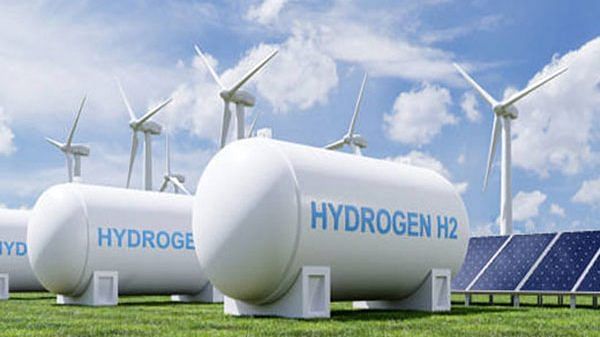New Delhi [India], September 24 (ANI): India’s net-zero emission target of 2030 cannot be met without a significant acceleration in the green hydrogen economy, says a report by S&P Global.
Current projections for meeting the interim target of net-zero emissions by 2030, could be delayed by as much as a decade.
The green hydrogen sector stands as a critical pillar of India’s energy transition strategy, necessitating urgent investment and policy support to unlock its potential. India must expedite the development of its green hydrogen economy.
India’s energy transition is characterised by four key investment themes: energy efficiency, renewable energy, low-emission fuels, and sustainable mobility.
The government has formulated a policy framework that combines subsidies, mandates, taxes, and incentives to stimulate these sectors.
Historically, subsidies and incentives have dominated investment strategies–with 37 per cent of average allocations directed towards fossil fuels and only 5 per cent towards green energy in the past five years.
Additionally, India is establishing a carbon market framework and climate finance taxonomy to facilitate financing for these green technologies.
One significant challenge facing India’s energy transition is the disparity in returns between traditional fossil fuel companies and emerging green energy enterprises.
Despite a surge of interest and higher stock valuations in the green sector, traditional oil and gas companies have outperformed their renewable counterparts by an average of 8.3 per cent in capital returns over the past five years, according to S&P Global Commodity Insights.
Currently accounting for only 6 per cent of India’s energy mix, gas must play a pivotal role in transitioning away from coal. The government aims to increase this share to 15 per cent by 2023, promoting flexibility in the energy sector along with renewable growth.
India recognises the need for 30 critical minerals essential for its energy transition. The establishment of Khanij Bidesh India aims to secure access to these minerals globally, but more emphasis is needed on domestic exploration to support this initiative.
The report suggests that Indian government must prioritise reforms in the power sector to tackle legacy issues such as high transmission and distribution losses and inefficient operations. By fostering a competitive market environment and encouraging private participation, India can enhance grid reliability and accommodate increasing renewable energy integration.
Focussing on energy-intensive industries and promoting efficient technologies in public transport and construction can significantly improve energy productivity. Expanding energy-efficient cooling solutions is also crucial for reducing overall consumption.
Developing robust manufacturing ecosystems for batteries, electrolysers, and photovoltaic systems is essential. But this involves securing domestic raw material supplies, creating a skilled workforce, and utilising government procurement to bolster local industries.
To scale up clean energy investments, India must foster an environment conducive to green bond issuances and innovative financing models. Strengthening financial institutions’ capacities to manage green projects will be vital in attracting private capital.
Promoting decentralised renewable energy solutions and supporting research in off-grid technologies will address energy access challenges, especially in rural areas. Public-private partnerships can facilitate significant advancements in technology development. (ANI)
This report is auto-generated from ANI news service. ThePrint holds no responsibility for its content.




